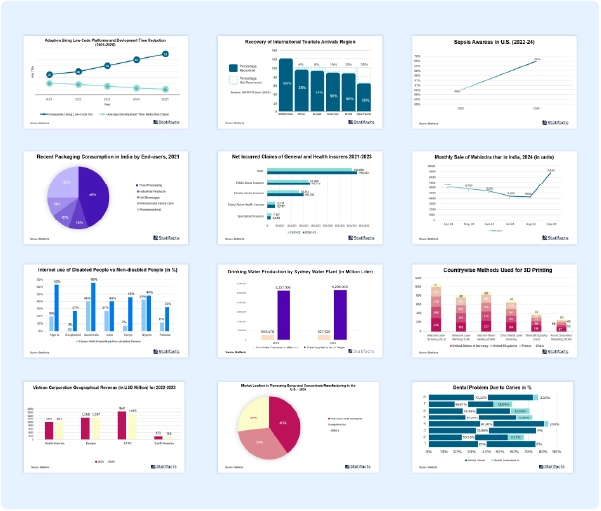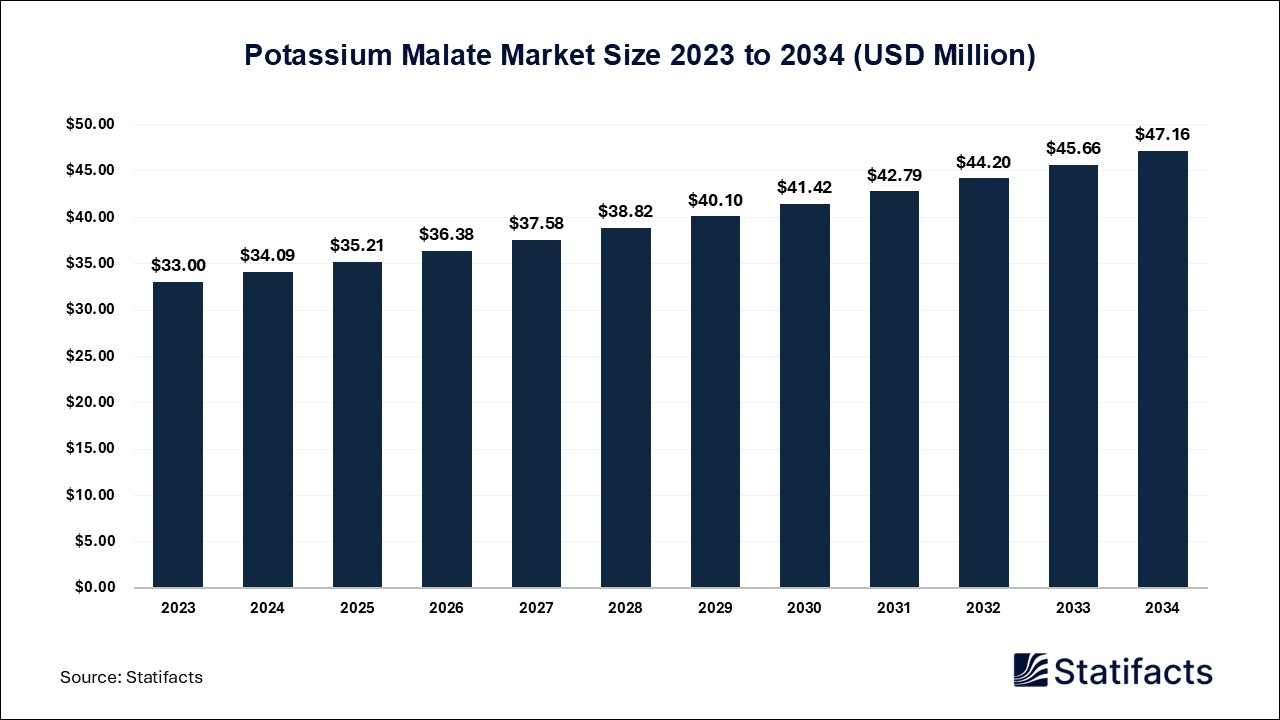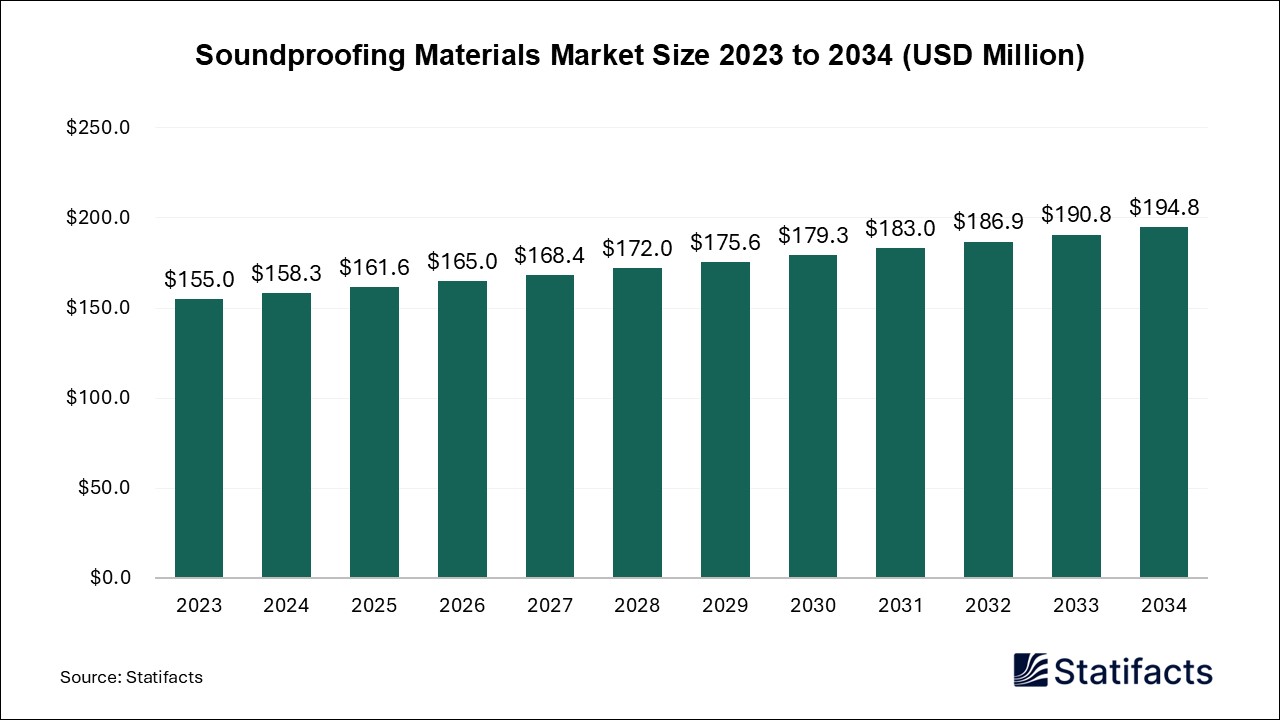

Our customers work more efficiently and benefit from
The global cell and gene therapy market size surpassed USD 21,300 million in 2024 and is predicted to reach around USD 1,19,270 million by 2034, registering a CAGR of 18.8% from 2025 to 2034.
| Industry Worth | Details |
| Market Size in 2025 | USD 25,300 Million |
| Market Size by 2034 | USD 1,19,270 Million |
| Market Growth Rate from 2025 to 2034 | CAGR of 18.8% |
The cell and gene therapy market deals with the biotechnology of removal or switching the content of an individual’s genetic code to diagnose or cure a disorder. This is attained by direct injecting genetic material or by changing cells and re-enlisting those for the therapy. Developments in biotechnology have contributed to the acceptance of customized treatments for a broader span of demonstration. Stem cell treatments are now used to tackle cancer, genetic disorders, neurological disorders, and diverse chronic disorders. Furthermore, the supremacy of cell therapy involves targeted treatment, fast and efficient recovery, and decreased side effects. Cell therapies are broadly approved globally due to the accessibility of FDA-accepted products.
North America is the center for the sophisticated healthcare infrastructure and skilled medical providers which has led to the effective implementation and innovation in the cell and gene therapy market. Moreover, numerous collaborations between research institutions, academia, and pharmaceutical firms have encouraged proficiency-sharing and sped up the advancement of the latest therapies. This collective ecosystem promotes a vibrant and lively market structure. Thus, increasing knowledge among healthcare providers and patients about the advantages of gene and cell therapies has raised the approval and need for such treatments in the area. The potency for customized and curative therapies has collected remarkable awareness and notice.
Cell therapy aims to treat numerous disorders at the cellular extent like by replacing a definite cell population or by utilizing cells as transporters of therapeutic carriers, although gene therapy aims to control the path of numerous acquired and genetic diseases at the genetic proportion. Gene therapies also target to act towards inherited diseases along with acquired ones. It is expected that the high prevalence of cardiovascular disorders would speed up the need for the cell and gene therapy market.
A remarkable producing stain shows the item’s potency, safety, as well as quality as it needs high expenses and skills to assemble the various elements in a way that permits them to role. Discrepancies between groups in the producing of gene and cell therapies emerge particularly from the inherent living intricacies and susceptibility of the biological cells involved. Further, these therapies popularly apply to primary, genetically modified, or stem cells, which are organically seen in living variability. The change from laboratory-figure procedures to vast-scale making poses issues in handling compatible culture conditions, oxygen levels, and nutrient distribution, leading to contrast in cell behavior among groups.
AI has the potency to transform the cell and gene therapy market by allowing researchers to analyze huge amounts of information and generate new data about how cells function. A major advantage of utilizing artificial intelligence in cell therapy is its capability to assist in determining the best cells for a distinct patient. By understanding genomic data and determining disease-linked genetic variations, AI-based algorithms help in engineering tailored gene therapy methods and forecasting therapeutic results for patients, allowing for targeted therapy.
AI algorithms can detect potency gene targets and evaluate their therapeutic significance by determining vast-scale molecular and genomic datasets. This permits the determination of their aptness for gene therapy interventions. These discovery procedures assist in determining novel therapeutic targets, generating patient stratification methods, and demonstrating biomarkers to handle treatment effectiveness. This supports the advancement of the cell and gene therapy market.
Recent advancements in oncology have developed adoptive cell therapy for handling solid tumors, a region that has historically been stimulating for cell therapies. Thus, in-vivo cell and gene therapies have provided new rooms for disease diagnosis and treatment. In-vivo methods, which include delivering genetic changes directly into the individual’s body, have enhanced both treatment accessibility and efficacy.
The cell and gene therapy market has proceeded with growth, with the latest drug acceptance, innovative treatments targeted at enhancing individuals’ lives, and growing investments in the field. Cell and gene therapy is growing into newly discovered disease zones and utilizing more developed therapeutic methods. Thus, challenges remain, mainly in the regulatory landscape, which demands progress to fund not only acquisitions and mergers but also the acceptance procedures for these remarkable therapies.
Published by Deepa Pandey
For any questions about this dataset or to discuss customization options, please write to us at sales@statifacts.com
| Stats ID: | 5635 |
| Format: | Databook |
| Published: | March 2025 |
| Delivery: | Immediate |
| Price | US$ 1550 |



| Stats ID: | 5635 |
| Format: | Databook |
| Published: | October 2024 |
| Delivery: | Immediate |
| Price | US$ 1550 |

You will receive an email from our Business Development Manager. Please be sure to check your SPAM/JUNK folder too.

Unlock unlimited access to all exclusive market research reports, empowering your business.
Get industry insights at the most affordable plan
Stay ahead of the competition with comprehensive, actionable intelligence at your fingertips!
Learn More Download
Download

